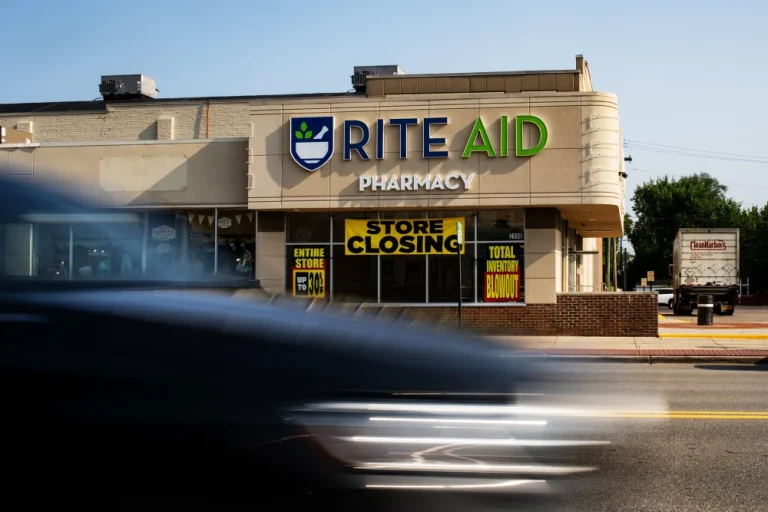Rite Aid Files for Bankruptcy Again Amid Mounting Debt and Store Closures
U.S. pharmacy chain Rite Aid filed for bankruptcy protection on Monday for the second time in two years, according to a court filing.
Traditional pharmacy retailers like Rite Aid, Walgreens, and CVS have been grappling with shrinking profit margins on prescription drugs and growing competition from retail giants such as Walmart and Amazon, forcing hundreds of store closures across the country.
Walgreens, another major player in the sector, recently agreed to a $10 billion buyout by private equity firm Sycamore Partners—a steep fall from its $100 billion valuation just a decade ago, highlighting the deep financial and strategic challenges facing the industry.
Rite Aid’s previous bankruptcy in 2023 enabled the company to slash $2 billion in debt, shutter hundreds of underperforming locations, sell off its pharmacy benefit unit Elixir, and strike settlements with key stakeholders including its lenders and drug distribution partner McKesson.
That filing also resolved numerous lawsuits accusing the company of failing to prevent the improper dispensing of opioid medications, a legal burden that had weighed heavily on its operations.
However, despite those efforts, Rite Aid still emerged from bankruptcy in 2024 with $2.5 billion in debt under the control of its lenders. In its latest filing, the company listed estimated assets and liabilities between $1 billion and $10 billion.
According to Bloomberg News, which cited an internal memo from CEO Matthew Schroeder, Rite Aid was unable to secure the additional financing required to keep the business running. The memo also noted plans to reduce the workforce at its corporate offices in Pennsylvania.
The company, which operated around 2,000 stores in 2023, now has only 1,250 locations nationwide, with particularly sharp declines in states like Ohio and Michigan following recent rounds of closures.

